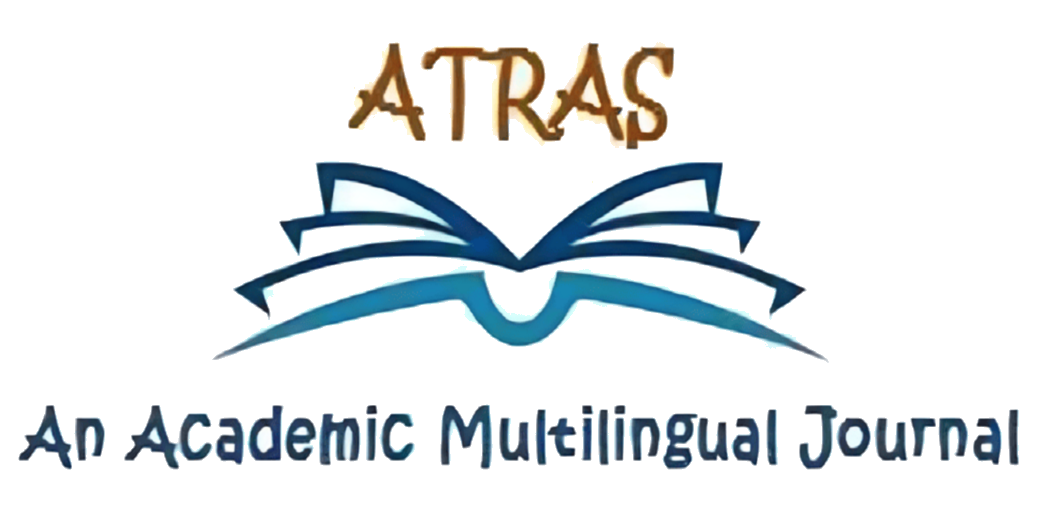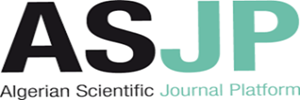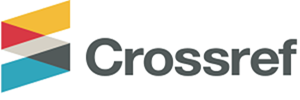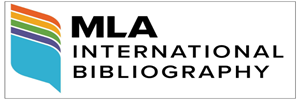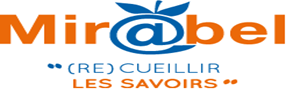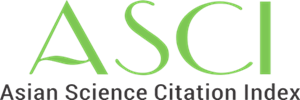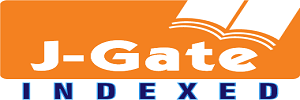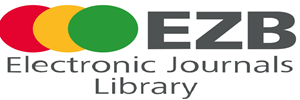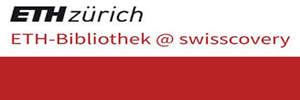Title: Workplace-Context Syllabus Design towards ESP Learning and Teaching Materials Development
MBENZA Enock Enock
ISTM/Kisantu
English teacher
Abstract
This article, which was part of a project undertaken at the Higher Medical College ISTM/Kisantu entitled “Syllabus Development for Nursing Students”, deals with the issue of inconsistency between classroom ESP teaching materials and the real-life context in which students have to use them. Too often, what students learn in the classroom does not match the kind of language they will find in the target setting. Therefore, the present article proposes a systematic approach to syllabus design and materials development that reflects the specific language encountered in the target situation. It uses the context of a first-year nursing class in the DRC. The outcome of this approach is a workplace-context syllabus design which draws content from the target working environment of learners and reference books to come up with learning and teaching units which suit ESP learners’ needs.
Keywords:
curriculum, materials development, syllabus, workplace-context syllabus design
How to Cite this Paper:
Mbenza, E.E. (2024). Workplace-Context Syllabus Design towards ESP Learning and Teaching Materials Development. Atras Journal, 4(1), 07-19
References
Bouzidi, H. (2009). Between the ESP classroom and the workplace: Bridging the gap. English
Teaching Forum, 47(3), 10-19
Burns, A., & Slegel, J. (2018). Teaching the four language skills: Themes and issues. In A. Burns & J. Siegel (eds.), International perspective on teaching the four skills in ELT (pp. 1-7). New York: Palgrave Macmillan
Crawford, J. (2002). The role of materials in the language classroom: Finding the balance. In J. Richards & W. Renadya (eds.), Methodology in language teaching (pp. 80-91). Cambridge: Cambridge University Press
Dubin, F., & Olshtain, E. (1986). Developing programs and materials for language learning. Cambridge: Cambridge University Press
Harmer, J. (2007). The practice of English language teaching (4th ed.). Edinburgh Gate: Pearson Education Limited
Hutchinson, T., & Waters, A. (1987). English for specific purposes. A learning-centred approach. Cambridge: Cambridge University Press
Kabule, H. (2021). Some factors of weaknesses in English teaching and learning in the Democratic Republic of the Congo case of Goma secondary schools. Annales de l’UNIGOM, XI (1),121-133
Kashindi, M.R. (2020). Learner’s autonomy: A critical study and research paradigm for ELT curriculum development in Democratic Republic of the Congo higher education. European Journal of English Language Teaching, 5(4), 84-98. HTTP://dx.doi.org/10.46827/ejel.v5i4.3209
Larsen-Freeman, D. (2000). Techniques and principles in language teaching (2nd ed.). Oxford: Oxford University Press
Long, H.M. (ed.). (2005). Second language needs analysis. Cambridge: Cambridge University Press
López-Barrios, M., & Villanueva de Debat, E. (2014). Global vs local: Does it matter? In S. Gardon & K. Graves (eds.), International perspectives on materials in ELT (pp. 37-52). New York: Palgrave Macmillan
Malicka, A., Guerrero, R.G., & Norris, J.M. (2019). From needs analysis to task design: Insights from English for specific purposes context. Language Teaching Research, 23(1), 78-106
Mundele, F.M.M. (2021). Investigating English learning needs of ISTM Kinshasa general duty nursing students. International Journal of Linguistics and Communication, 9(2), 28-36. HTTPS://doi.org/10.15640/ijlc.v9n2a3
Rasyid, Y., & Zuriyati. (2021). Unpacking the critical thinking and problem solving, communications, collaboration, creativity and innovation skills (4cs) of the new learning paradigm to language materials. The Asian ESP Journal, 17(2), 150-176
Rubango, B.J. (2019). The most difficult basic skill faced by learners of English in first year undergraduate classes at UEA/Bukavu, DR Congo. Scientific Research Publishing, 4, 464-474
Smoak, R. (2003). What is English for specific purposes? English Teaching Forum, 41(2), 22-27
Spolsky, B. (1989). Conditions for second language learning. Oxford: Oxford University Press
Sreena, S., & Ilankumaran, M. (2018). Developing productive skills through receptive skills – a cognitive approach. International Journal of Engineering and Technology, 7(4.36), 669-673
Stockwell, G. (2013). Technology and motivation in English-language teaching and learning. In E. Ushioda (ed.), International perspectives on motivation (pp. 156-175). New York: Palgrave Macmillan
Thomas, C. (2014). Meeting EFL learners halfway by using locally relevant authentic materials. English Teaching Forum, 52(3), 14-23
Tomlinson, B. (ed.). (2011). Materials development in language teaching. Cambridge: Cambridge University Press.

Copyright for all articles published in ATRAS belongs to the author. The authors also grant permission to the publisher to publish, reproduce, distribute, and transmit the articles. ATRAS publishes accepted papers under the Creative Commons Attribution-NonCommercial 4.0 International (CC BY-NC 4.0) License. Authors submitting papers for publication in ATRAS agree to apply the CC BY-NC 4.0 license to their work. For non-commercial purposes, anyone may copy, redistribute material, remix, transform, and construct material in any media or format, provided that the terms of the license are observed and the original source is properly cited.
